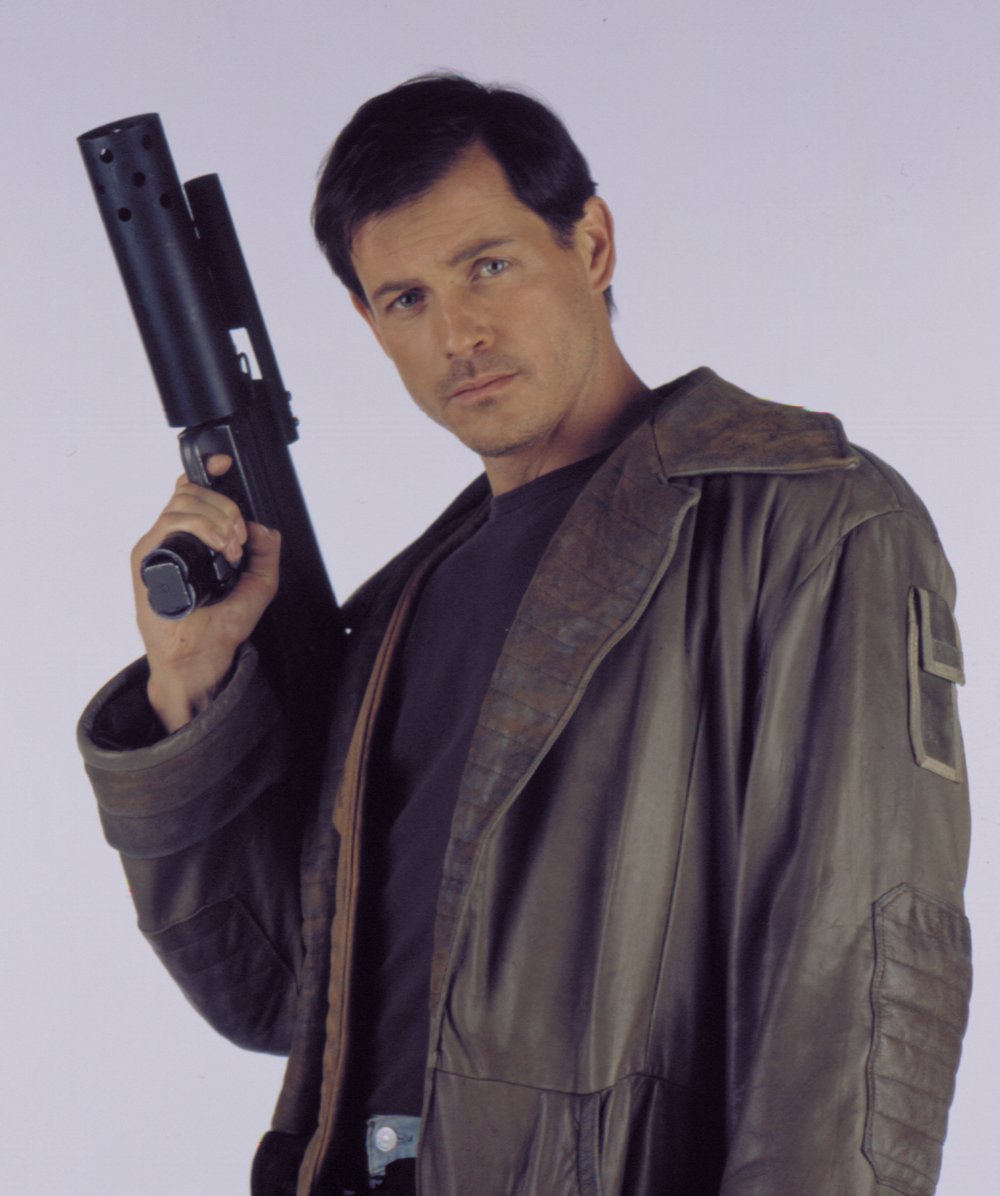”We are the Borg. Lower your shields and surrender your ships. We will add your biological and technological distinctiveness to our own. Your culture will adapt to service us. Resistance is futile.” – standard Borg hail
 The Borg.
The Borg.
There are two things I love (well, at the moment) – classic “nostalgia” Star Trek (1966-2005) and reading up on psychology. Having endured a long-term relationship with a narcissist (and perhaps growing up with parents with narcissistic traits), I’ve been engrossed in reading up on Narcissistic Personality Disorder. I’ve been using resources online and the brilliant Malignant Self Love: Narcissism Revisited by Israeli-Macedonian author, psychologist, and polymath Sam Vankin, Ph.D.
Narcissists are slippery characters: they can charm, act in a “lovely” manner, and to many, appear as perfectly sweet and helpful people. In a relationship, an initial loving “idealisation” can give way to “devaluation”, Narcissists subjecting their partners to outright cruelty through name-calling, gaslighting, and in extreme cases, physical violence.
Though the Borg are a collective cybernetic consciousness, they are considered one entity or “Hive.” There are no individuals in the Borg Collective, only drones servicing their primary functions. They assimilate other species with the use of special technology. During this assimilation process, individuality and free-will is purged and the species are transformed into Borg drones.
The Narcissist, according to Vaknin, is tasked with promoting a projected image of oneself which they maintain at all times. This “program” is similar to how the Borg operate. So, what are the rules of the Borg, as portrayed in the various incarnations of Star Trek?
The Rules of the Borg
The classic “screen rules” of the Borg as portrayed in Star Trek: The Next Generation and a certain extent in Star Trek: Voyager are:
- The primary function of the Borg is to assimilate other species to advance their race towards technological and biological perfection.
- These cultures and species are adapted to serve the Borg, never the other way around.
- The Borg, in this pursuit, are self-perceived as superior to other species as they approach this goal through assimilation.
- The Borg ignore species or intruders on their territory if they do not pose a direct threat.
- The Borg attempt to destroy species or technology they cannot control or understand.
- The Borg will abandon drones or technology that no longer serves any function to their primary goal.
- Borg drones that display attributes of individuality or free-will are disconnected from the Collective and left to die.
The Commonality between Borg and Narcissistic Personality Disorder
According to Vaknin, describing the traits of a Narcissist in the Diagnostic and Statistical Manual of Mental Disorders by the American Psychiatric Association (regarded as the psychologist’s “handbook” for mental health disorders), a Narcissist:
- Has an inflated valuation of oneself (sees themselves as superior to others)
- Gives off an impression they cannot be disturbed, acting nonchalant or unimpressed
- Does not value the rights of others, and will infringe on these rights as they see fit
- Subsumes or imitates their role models, insofar the Narcissist "becomes" their object of desire
- “Destroys” objects of frustration or grief through intense rivalry, gossip, or extreme measures even to the detriment of oneself
- Experiences cognitive dissonance – they devalue what they envy, “grapes are sour and craved at the same time”
It would seem, at least superficially, that The Borg and Narcissists assume many of the same qualities. Both see themselves as “superior”; ignore what is not valuable or threatening; take without asking; assimilate others; and aim to neutralise existential “threats” whether perceived or real.
The Borg don’t hide the fact they want to assimilate your species: they will show up unannounced and declare your life is over and you now service them. Narcissists may charm those in their orbit through a “love bombing” stage. This is where they shower platonic or romantic partners with gifts, praise, and attention in exchange for their loyalty and attention, known as Narcissistic Supply. Once the fountainhead of Supply is restricted or exhausted, they may devalue the partner and move on to another “mark.”
The Borg are described in-canon as a plague that assimilates cultures and species at whim. When their task is complete, they simply “move on.” They have no concept of human “value” insofar their programming – achieve perfection through assimilation – allows it.
The main point of difference is that Narcissists bury their True Self in a False Self. Narcissists are often compulsive liars, especially when it inflates their self-perception as special, to perpetuate their False Self image. The Borg will tell you they’re going to assimilate you and if you resist, they’ll destroy you. You can’t get truth any more naked than that.


